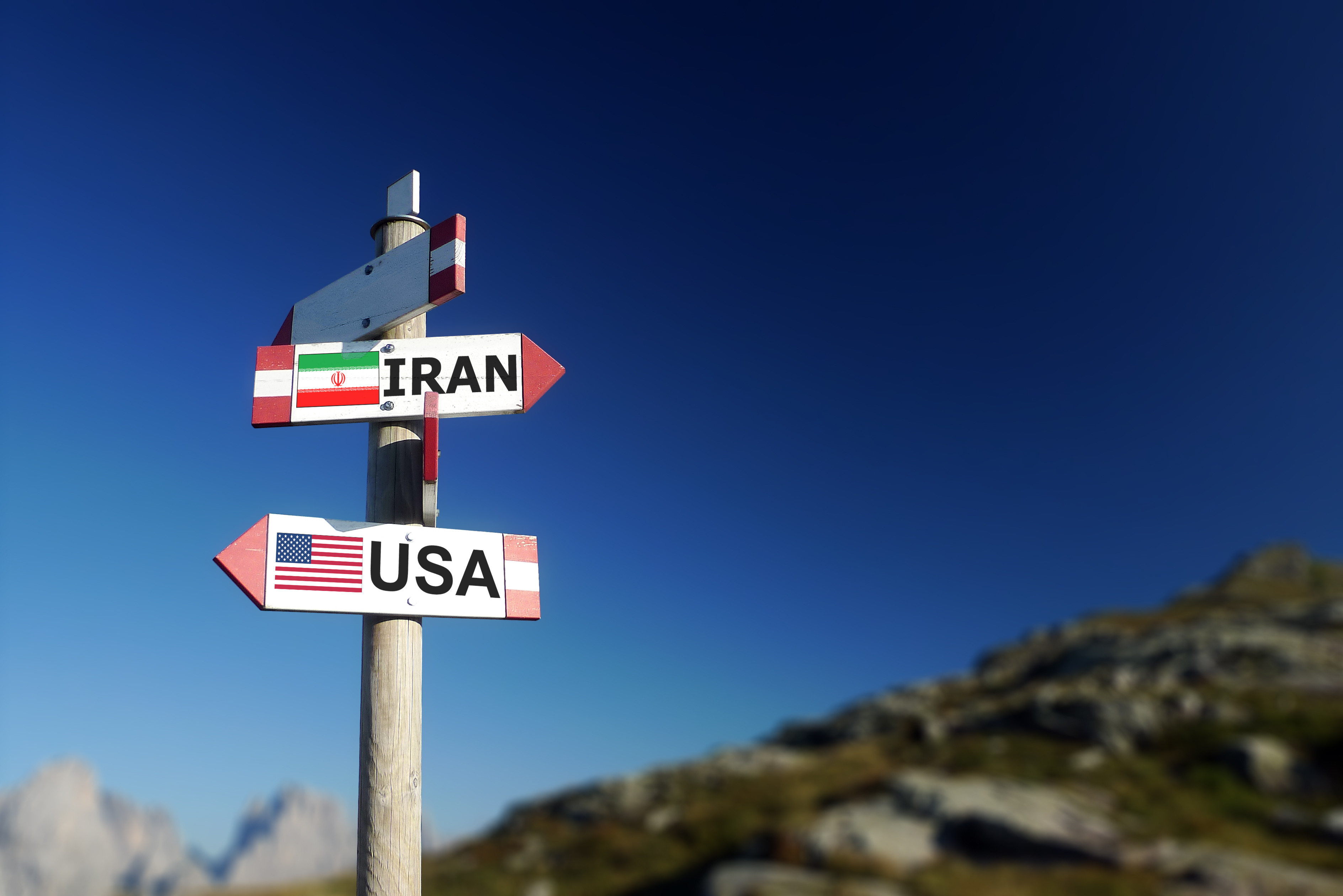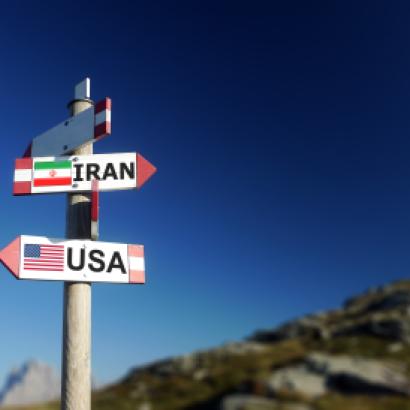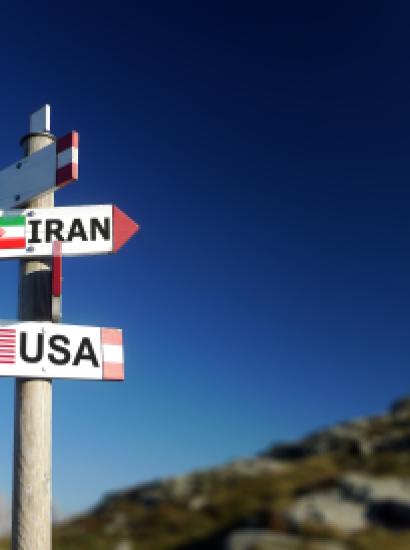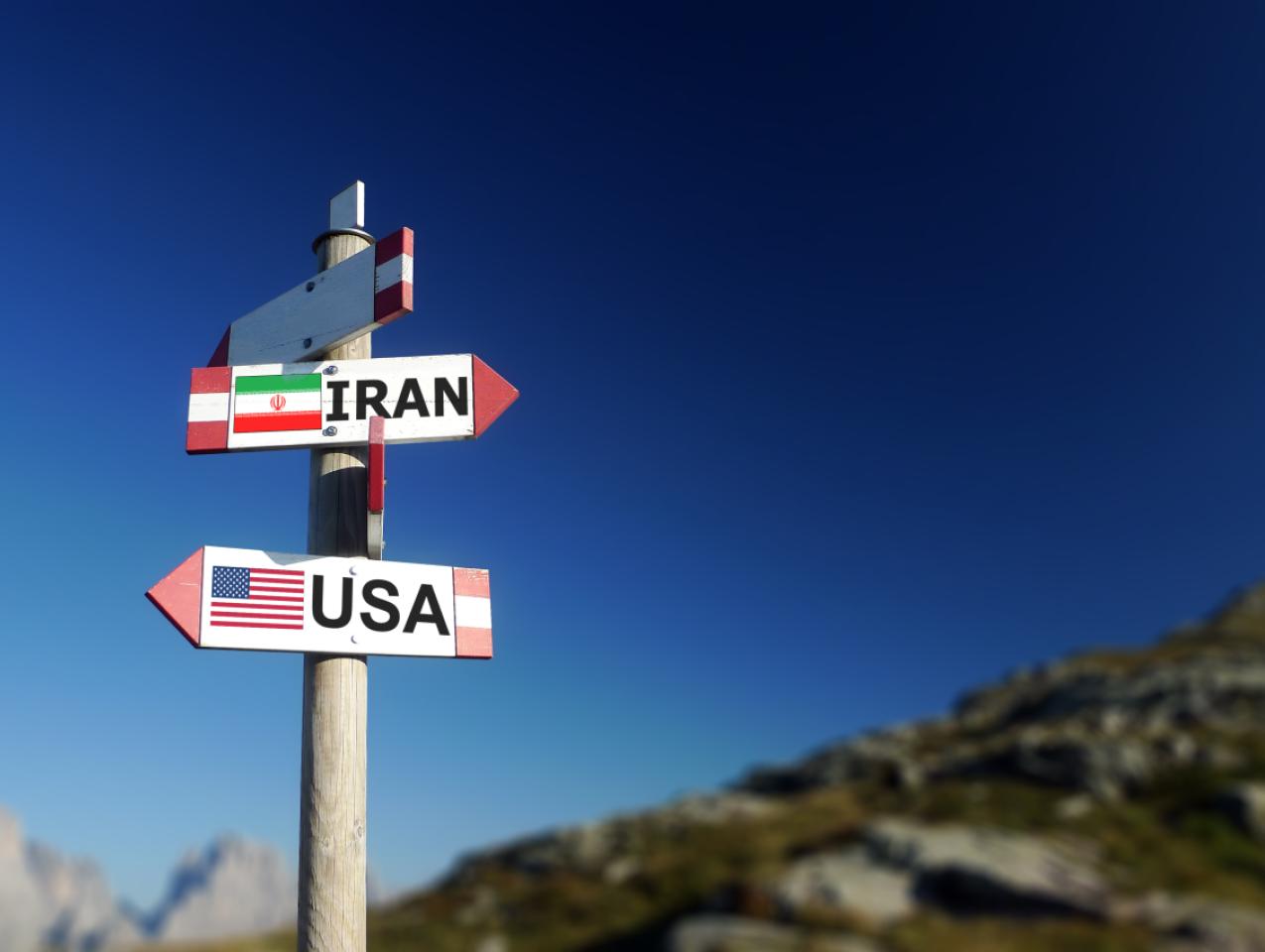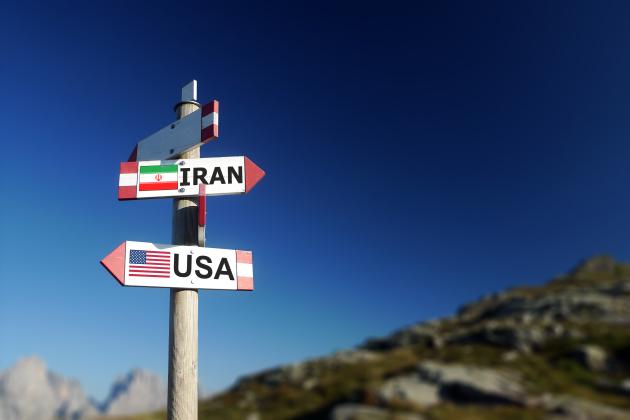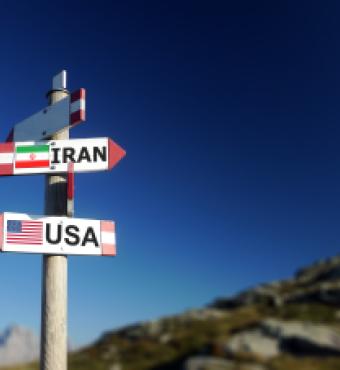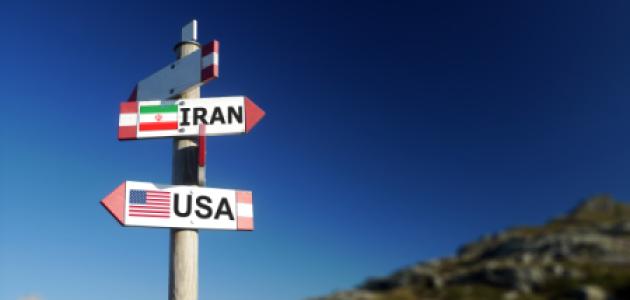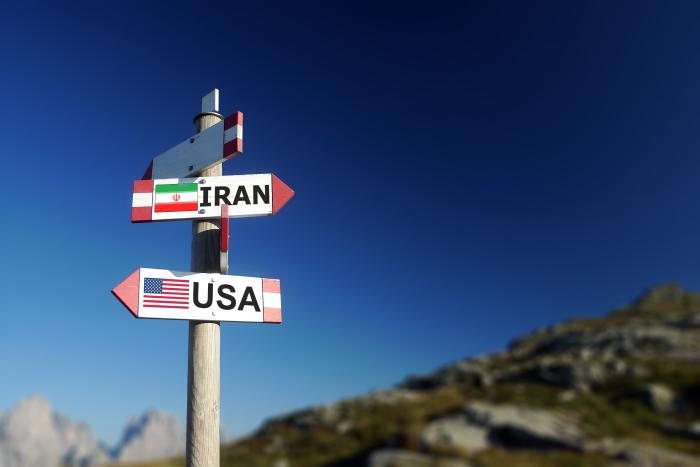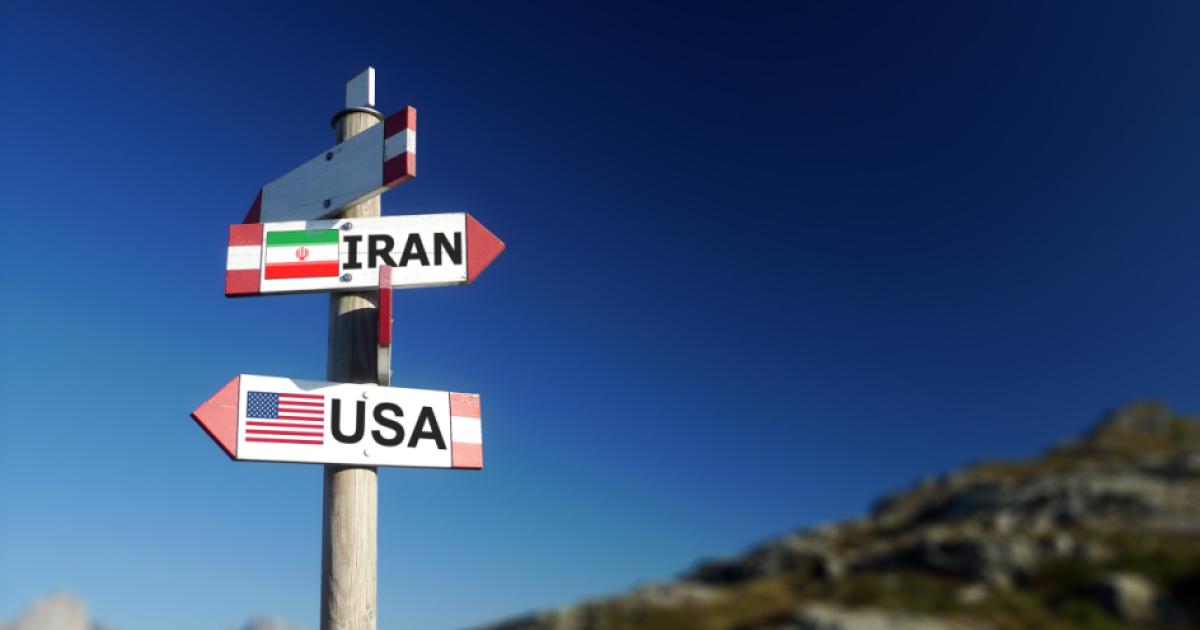- Politics, Institutions, and Public Opinion
The Trump administration has articulated a much-needed strategy designed to pressure and contain the Islamic Republic of Iran’s malign regional influence, which spreads throughout Afghanistan, Bahrain, Iraq, Syria, Lebanon, and Yemen. While reducing Iran’s imprint and leverage throughout the Middle East is indeed imperative for regional stability, the Trump administration’s methods and means will not prove successful because its strategy is zero sum against Tehran and a perpetuation of the traditional American approach to dealing with the Islamic Republic. Resuscitating US containment policy will not result in concessions or see an Iranian retreat. In fact, Tehran will double down on its positions and policies rather than yield to more rounds of US pressure. The consequences of this approach will not only foster greater distrust and inculcate wider sectarian tensions but will also further entrench the Islamic Republic’s power and support back home in Tehran—all negative outcomes for Washington.
The Trump administration’s Iran strategy, although not detailed to the wider public, appears to be a multipronged plan intended to drive out Iranian regional hegemony and “create a more stable balance of power” in the Middle East. To do so, Trump has taken a wide-ranging approach that requires the support of multiple partners and players. In a first step, he decertified the Iran nuclear deal or Joint Comprehensive Plan of Action (JCPOA) in the hope that Congress and the European Union will improve the deal and equally pressure Iran to partake in wider negotiations on its ballistic missile program and support for proxy groups. Washington is also working with Riyadh and Tel Aviv to incentivize and bolster Arab states such as Iraq and Lebanon to pressure Iranian-backed proxies such as Hezbollah and Iraqi militias. Economic carrots for postwar reconstruction in Syria and Iraq are also being offered to tempt these states into opposing Iran. Riyadh, under the influence of Crown Prince Mohammad bin Salman, is tasked with pushing a strident anti- Iranian propaganda campaign while also pressuring regional governments to take sides, as seen in the attempt at forcing Lebanon’s Saad Hariri to resign as prime minister. Israel, on the other hand, through intelligence-sharing and military oversight in the Levant, is playing a critical role in pushing back against Tehran’s plans for long-term political and economic influence on its borders.
While in theory this plan looks palatable on paper, in practice, without incentives or engagement, Iran will be backed into a corner, leaving little room to maneuver. Principally, this strategy will enhance Iranian insecurity fears and close the doors to further opportunities for post-JCPOA discussions. As such, a rethinking of the challenges and outcomes of this approach should be considered. A first mistake in this strategy is Trump’s decertification of the nuclear deal. This move has confirmed Iranian Supreme Leader Ali Khamenei’s fears of continued US opposition to the Islamic Republic, giving him vindication and what many regard as just cause for his anti-American animus.
Trump's action is also resulting in an increase in popular Iranian frustration that is translating into greater national support for the regime. In this climate, Tehran’s position at home will be strengthened as Iranians feel greater national loyalty. Moreover, having compromised and complied over the nuclear agreement, Tehran’s takeaway is that Washington cannot be trusted to live up to its commitments thereby closing the door to further engagement or compromise on wider regional issues or its ballistic missile program.
A second mistake is Washington’s over-reliance on Saudi Arabia to assist in this plan. Riyadh’s aggressive anti-Iranian rhetoric equating Iran with the Islamic State and linking Khamenei to Hitler is rallying popular support in his favor. Moreover, it is worth noting that Saudi regional adventurism has created its own cycles of conflict evidenced most recently in the 2015 Yemen war and the marginalization of Qatar. In both cases, Tehran has taken advantage of Riyadh’s mismanagement and triangulated relationships in Iran's favor.
By pitting one regional power against another, this plan will yet again exacerbate longstanding Iranian fears of isolation. Issues of regime security are most poignantly rooted in the national memory of the 1980−1988 Iran−Iraq war in which Iran’s neighbors— including Saudi Arabia, the United States, and many European countries—collectively supported Iraq against Iran. During this period, which dovetailed with the consolidation of the 1979 Iranian Revolution, Iran experienced regional and international isolation and encirclement that instituted a profound sense of paranoia among the political elite. Continued US government opposition to the Islamic Republic and implicit support for regime change in Tehran, evidenced in statements such as “all options remain on the table,” have fueled this paranoia. Iran’s sense of strategic isolation is now imbued in the national political culture and is seen in the dominant themes of political, national, and economic resistance as well as in its unyielding commitment to its ballistic missile program.
Iran’s foreign policy is driven by the goal of protecting regime stability and security. It is implemented through the policy of strategic depth. In this vein, Tehran has strategically protected itself from Israeli, American, and Saudi threats by pushing these challenges away from Iran’s borders, gaining influence and leverage opportunistically. Tehran is guided by domestic priorities and ideology, a sense of profound regional isolation, on-the-ground capacity development, and strategic patience. Iran’s leaders use a mix of political support and relationships at the diplomatic level, soft power activities of trade and investment, cultural and religious ties, and the creation and training of a network of militia groups to increase their leverage and influence.
Tehran has long proven to be adept at manipulating regional crises to its advantage. It is in this atmosphere of instability—seen during the longstanding Lebanese civil war, 2001 Afghan war, 2003 Iraq war, 2011 Syrian civil war, and 2015 Yemen war—that Iran has sought political openings and seized chaos and opportunities to build relationships and networks in a diversified, long-term strategy of engagement. While its relationship with Hezbollah was its most enduring foray beyond its borders, Tehran has implemented this strategy most effectively in post-2003 Iraq. After the outbreak of the 2011 Syrian civil war, Iran applied this approach with greater rigor and confidence, providing an economic lifeline to Bashar al-Assad’s regime, military and intelligence support, and the creation of militia groups. Through these relationships and at great expense, Iran has also gained long-sought regional relevance and an ability to influence and activate state and nonstate actors at multiple levels. Having played the long game, Tehran will not abandon its position easily or suddenly.
Against this backdrop, what is to be done?
To develop a successful Iran plan, Washington must consider the merits of engagement and pressure, marrying these tools for short-term gains and long-term strategy. It is through this combination of coercion and engagement that Iran and the P5+1 nations arrived at the JCPOA. This agreement, over a decade in the making, serves as a basis for continued conversation with the Islamic Republic. Such dialogue might not yield immediate results nor change Tehran’s behavior. It will, however, increase bilateral understanding and lessen tensions over regional flashpoints.
From there, continued US support for the nuclear agreement should be used as a building block to further discussions with Tehran on wider regional security issues. Moreover, as party to the JCPOA, Washington should not obstruct sanctions relief and investment support in Tehran. Rather, it should use its multilateral commitment to the deal to encourage economic and political liberalization.
In tandem, pressure will be an important and necessary instrument as well. In cooperation with European and regional partners, Washington should expose Iran’s underhanded regional activities ranging from military transfers to Islamic Republican Guard Corps support for proxy groups and terror groups. European cooperation here is critical and can be used to craft wider sanctions for such activities as a means to strangle Tehran’s regional network. Support for regional reconstruction and for building economic prosperity in war-torn regions of Iraq and Syria while supporting Lebanese independence is also critical to prevent Tehran from capitalizing on regional instability. Finally, Washington and Europe should prioritize the creation of a regional security dialogue with the objective of defining a new security framework that upholds the sovereignty and security of all regional states. This is no easy task. But if Washington is interested in long-term Middle Eastern stability, it needs a plan that promotes regional engagement and integration over division and polarization.
The facts on the ground are clear. Tehran has long prospered through cycles of regional conflict, imbalance, isolation, and instability. Almost four decades after the Iranian Revolution, it has proved resilient to US pressure and containment. Today, the Islamic Republic lumbers on as a symbol of adversity and resistance. The Trump administration should embrace a balanced plan reflective of historical, regional, and strategic realities to break—rather than embolden—Tehran’s narrative and vision and build a meaningful security architecture that can protect American interests in the region and beyond.







